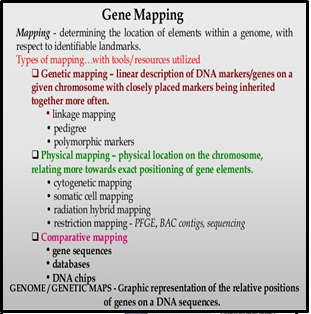GENOME MAPPING REVEALS KEY INSIGHTS ON CHPV
Why in the news?
The Gujarat Biotechnology Research Centre’s genome mapping of CHPV uncovers minimal evolution and mutation, aiding in understanding the virus’s impact and guiding future research and treatment.
source:slideshare
Genome Mapping of Chandipura Virus: Key Findings
- The Gujarat Biotechnology Research Centre (GBRC) has completed genome mapping of Chandipura Vesiculovirus (CHPV), responsible for encephalitis cases in Gujarat during the July-August outbreak.
- CHPV causes encephalitis, fever, headaches, convulsions, coma, and death, with severe effects on children under 15. The virus is transmitted by sandflies, ticks, and mosquitoes like Aedes aegypti.
Key Discoveries by Gujarat Biotechnology Research Centre(GBRC):
- The virus hasn’t significantly evolved since the 2003-04 and 2012 outbreaks, with only minor mutations in its glycoprotein gene.
- Unlike fast-mutating viruses like COVID-19, CHPV shows little pressure to escape immunity, likely due to limited population exposure.
- CHPV’s strain in the recent outbreak matches previous Indian outbreaks and is unrelated to strains from Europe or Africa, confirming its local circulation.
About Chandipura Vesiculovirus (CHPV):
|





